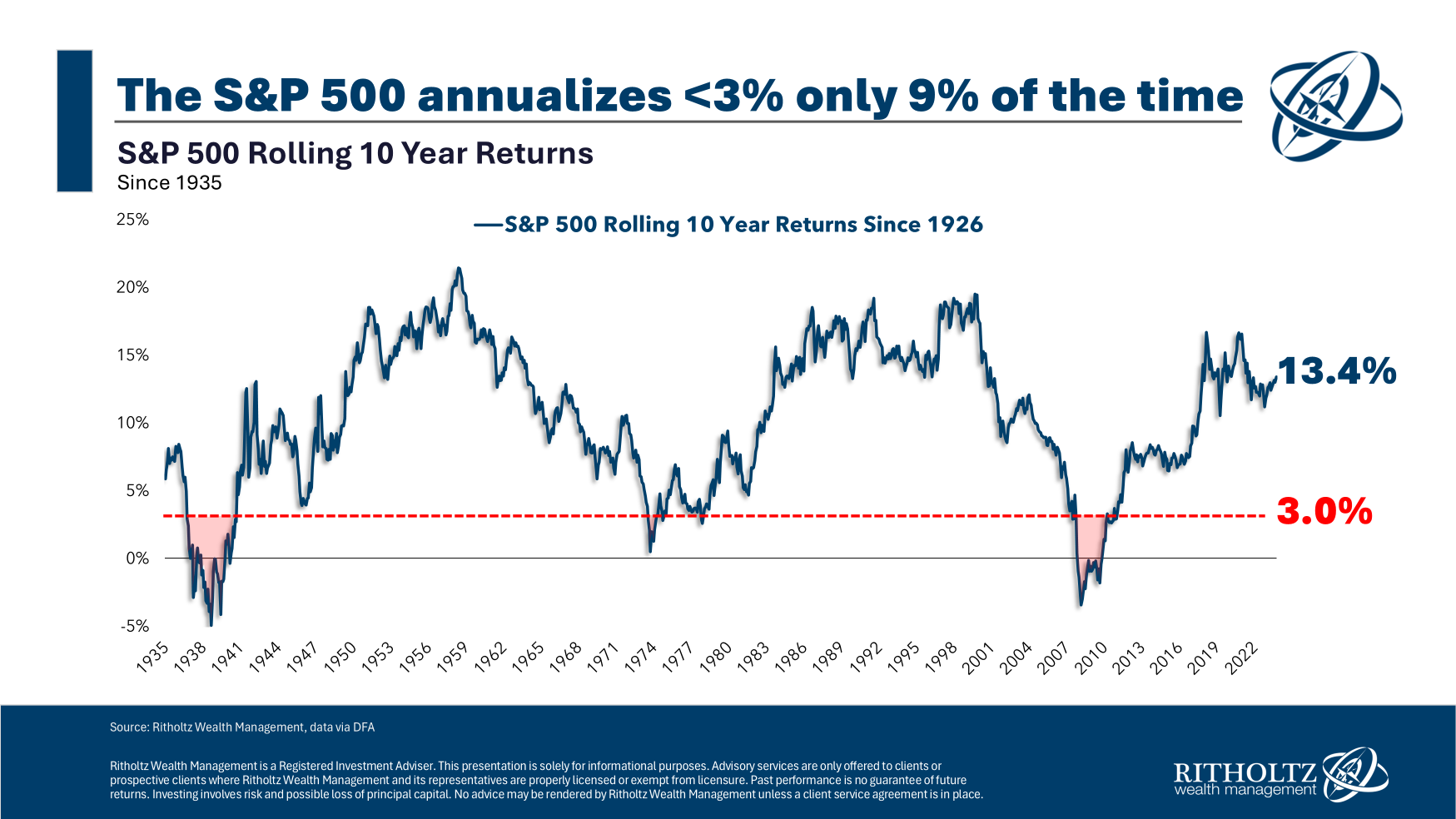

Again within the dangerous outdated days of mainframes, “Time-sharing” was how computing energy and database storage had been offered to the massive firms that might afford it. Computing was much less the acquisition of products than a service.
The fashionable cloud-based period has seen the rise of “Software program as a service” (SaaS).1 This strategy was based mostly on the concept that it was more cost effective for the buyer and extra environment friendly (and worthwhile) for the supplier to supply computing operations as companies as an alternative of bodily distributed items.
~~~
Because the pandemic ended, it has been apparent that the flexibleness of “Work from Dwelling” (WFH) and its choice amongst many staff was not going to finish. The outcomes have been workplace buildings working far under historic common occupancy charges, leading to a big fall in worth for industrial actual property (CRE). The ensuing impression on CRE land and liabilities is a danger issue for the banking sector, and probably a menace to the broader financial system.
The response has included upgrading buildings to trendy class A ranges, extending mortgage provisions, and changing workplace buildings to residential areas. Thus far, these have achieved solely blended success.
I wish to float a brand new idea to CRE house owners: Retail as a Service (RaaS).
Within the pre-2020 vendor’s market, constructing house owners discovered methods to make practically each sq. foot of CRE property worthwhile. Not simply the higher flooring that tenants rented, however the floor ground retail as properly.2
Rents charged by the constructing had been dependent upon the stream of visitors of tenants. A completely occupied workplace tower might be counted on to offer sufficient foot visitors to help a retail retailer, espresso store or restaurant. Low emptiness charges not solely allowed for greater general workplace rents, however that in flip made the non-office areas enticing to tenants.
The present period has demolished that mannequin.
Retail is a tricky enterprise in one of the best of circumstances; prices are excessive, revenue margins are razor skinny, and the overwhelming majority of latest shops and eating places fail to outlive two years. In prior circumstances, the largest menace was the state of the economic system. However within the present period, when foot visitors is diminished anyplace from 10% to 40%, the companies are assured to fail.
That is true for the small outlets that rely totally on a constructing’s tenants, in addition to the bigger eating places and chain retailers that depend on all the neighborhood as their clientele.
Unattractive or lacking floor ground tenants cut back the desirability of any workplace constructing to each new potential renters and present tenants re-signing their leases. It creates a unfavorable picture for the constructing, resulting in diminished occupancy charges and decrease general lease rolls. As constructing values fall, it creates a unfavorable cycle that may be difficult to interrupt.
Worse nonetheless, it raises the potential for greater crime charges, additional damaging property values. Stroll by means of any city neighborhood that has below-average workplace emptiness charges, and it appears to be like like you might be in an period of financial melancholy. It’s a variation of the “Damaged Home windows idea” – seen indicators of financial misery result in crime, delinquent conduct, and civil dysfunction. This creates an city surroundings spiraling downward in a vicious cycle.
Retail as a Service is a way to halt this downside.
The thought is that enticing ground-floor retail shops and eating places drive foot visitors and exercise. They elevate the desirability of an workplace constructing, rising its lease rolls and worth. Nevertheless, the problem of diminished foot visitors requires a dramatically totally different strategy, one that features considerably diminished lease to ground-floor tenants.
This requires a significant change in perspective. For a few years, floor ground retail had been revenue facilities. Constructing house owners in the present day have to rethink these areas as advertising bills. This is not going to simply assist particular buildings however will fortify neighborhoods of their entirety.
These challenges had been a very long time within the making. Retail has been challenged by on-line buying because the late 1990s. And the know-how that has made WFH attainable has been round for over a decade. The adjustments that happened in the place individuals labored and shopped weren’t created by the Covid-era, they had been merely accelerated by it.
The established order – excessive rents for floor ground areas, considerably diminished workplace occupancy charges – is clearly unsustainable. Fixing that is going to require wrenching adjustments, together with a rethink of the fundamental CRE enterprise mannequin.
~~~
There’s an fascinating parallel within the language of SaaS and CRE: Described as “multi-tenant structure” with clients as “tenants,” it very a lot borrows jargon from actual property. Now CRE must borrow among the efficiencies and price financial savings of SaaS.
Work from Dwelling has created very particular challenges for CRE. It’s arduous to think about we’re ever returning to the occupancy charges that existed pre-2020. Hopefully, industrial actual property house owners and their financers are as much as the problem of making progressive, productive options.
Retail as a Service is a promising a part of these potential options…
Beforehand:
WFH vs RTO (February 16, 2023)
Of Course WFH is “Actually Working” (March 29, 2023)
Again within the Saddle (Might 4, 2021)
Sorry, We’re Closed (March 13, 2020)
See additionally:
Why NYC Condominium Buildings Are on Sale Now for 50% Off (Bloomberg, February 4, 2024)
60 Minutes on Commerical Actual Property (CBS, January 14, 2024)
__________
1. That subsequently allowed for Infrastructure as a service (IaaS) and Platform as a service (PaaS).
2. Some constructing house owners discovered they might even use auxiliary flooring equivalent to basements or 2nd ground, which didn’t work properly for workplace tenants or retail, however may do properly as a fitness center, yoga studio, or classroom.


